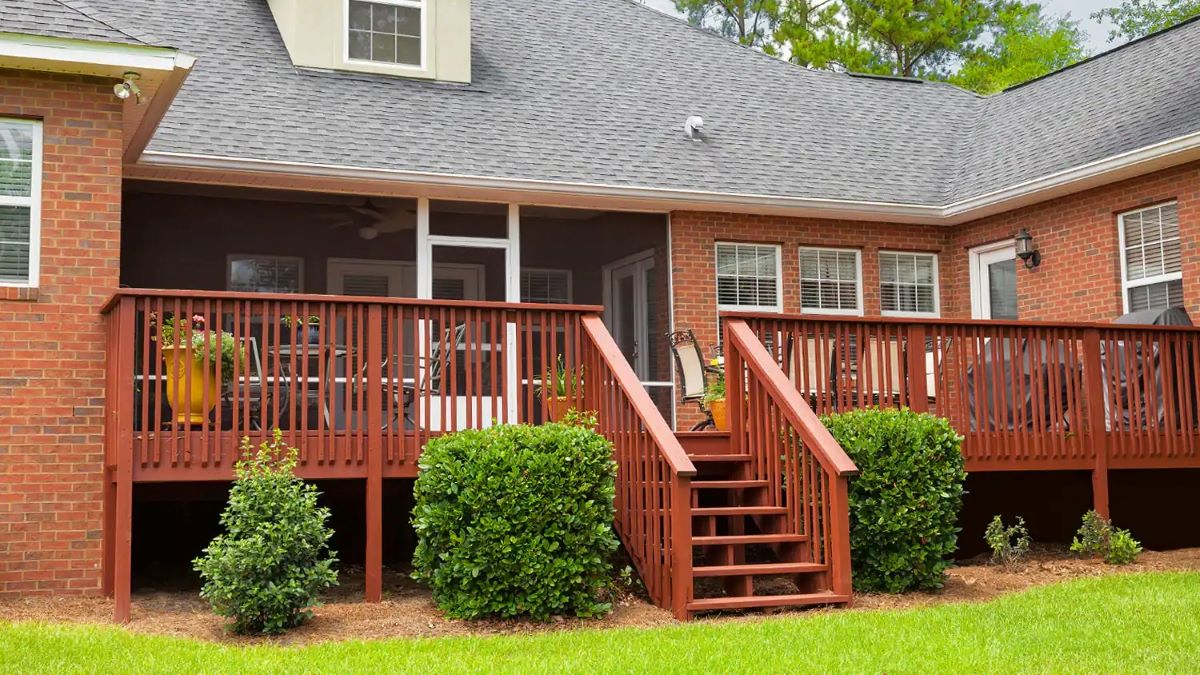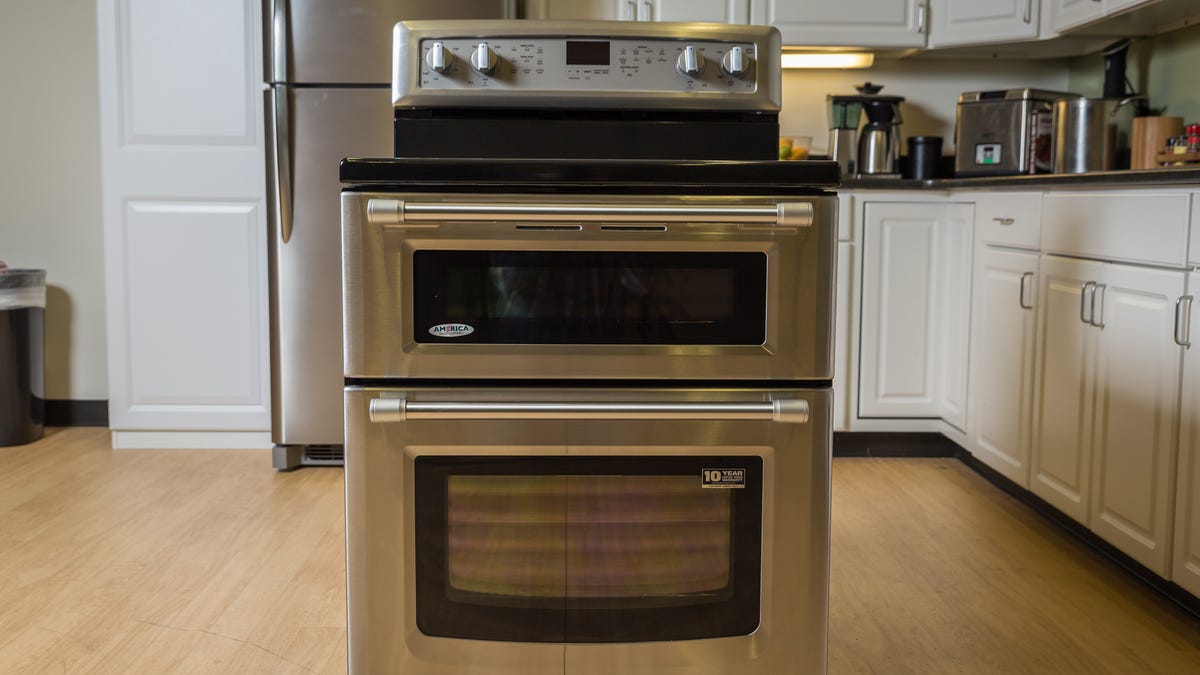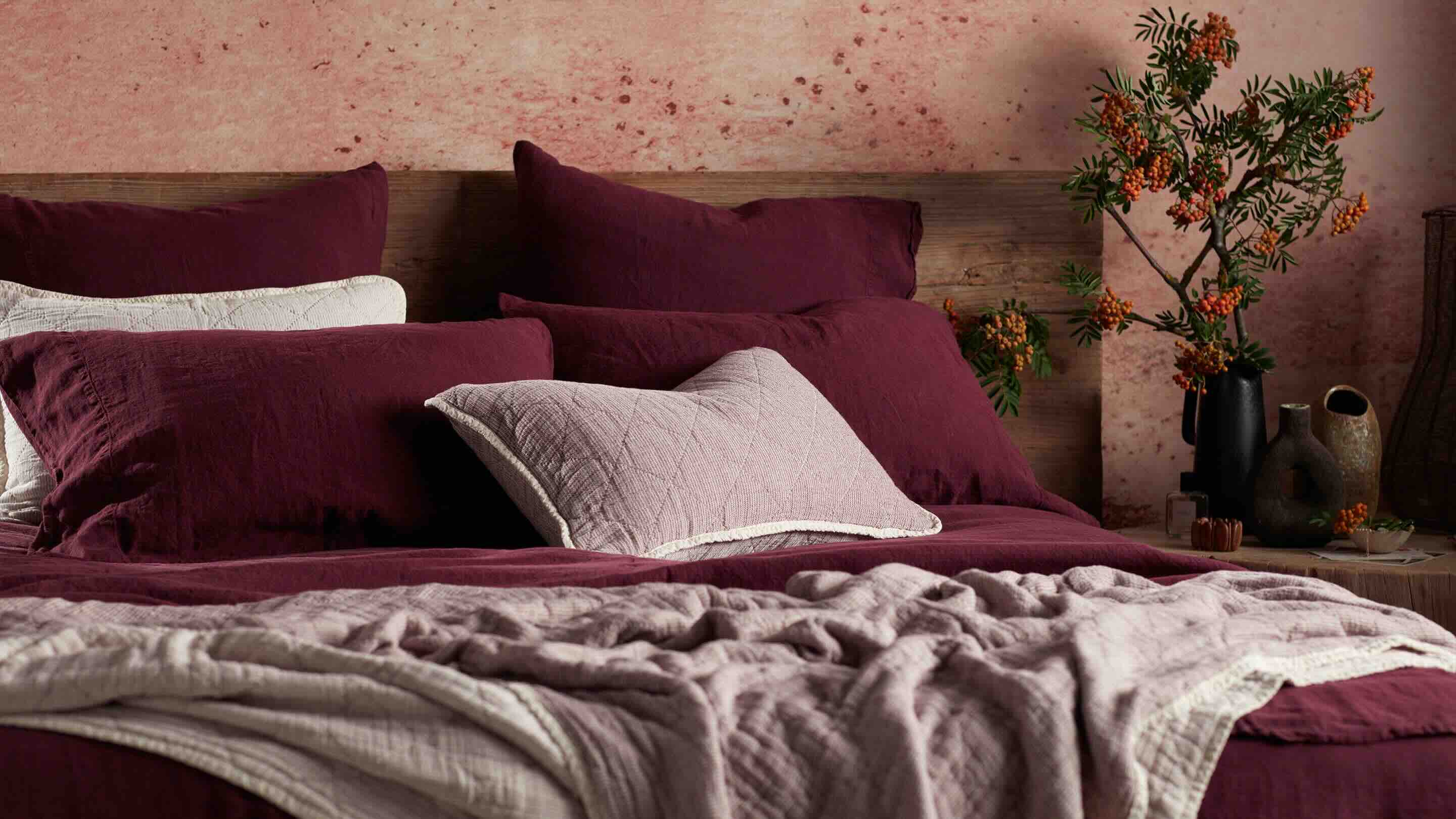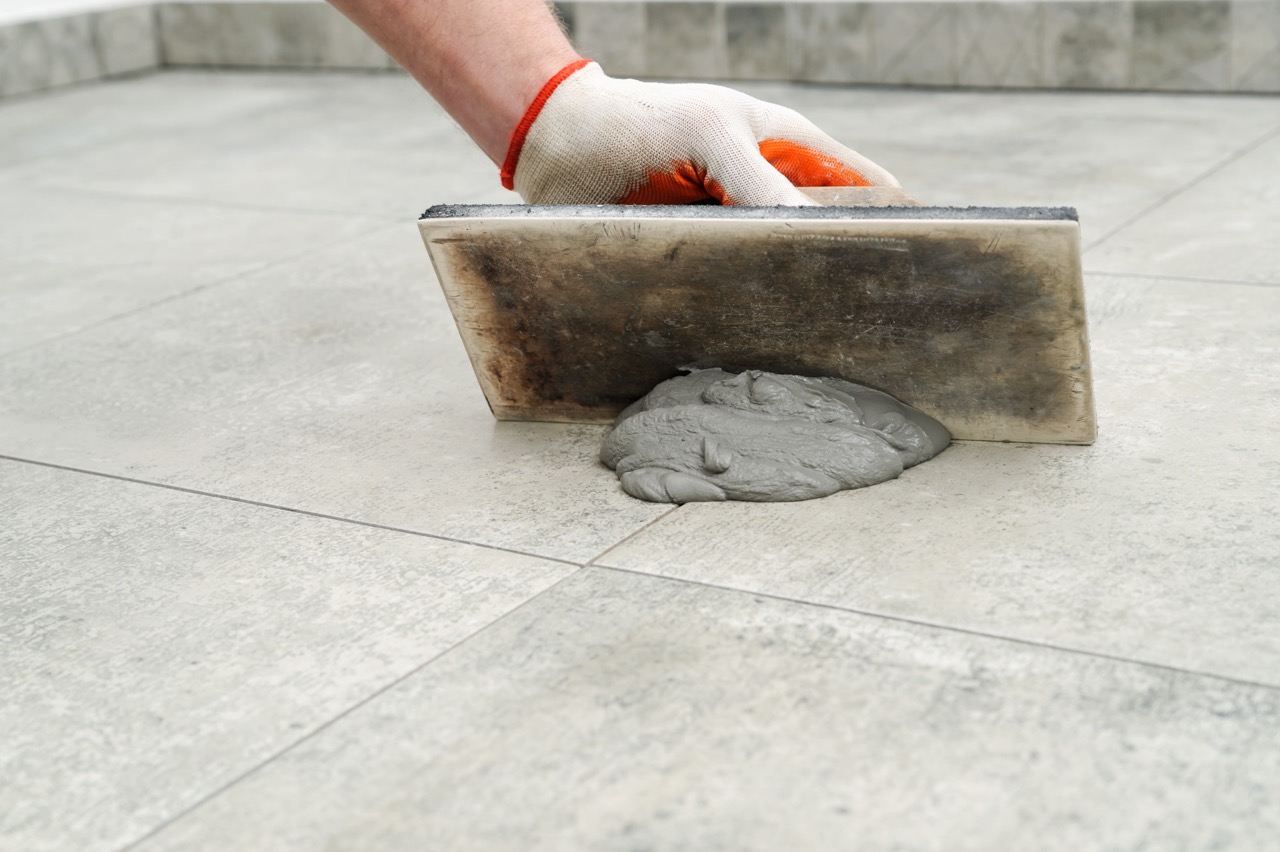Home>Articles>6 Tips For Choosing Deck Colors That Complement Your Home’s Exterior


Articles
6 Tips For Choosing Deck Colors That Complement Your Home’s Exterior
Modified: January 5, 2024
Discover 6 essential tips for selecting deck colors that perfectly match your home's exterior. Browse our expert articles for insightful advice on making the best color choices.
(Many of the links in this article redirect to a specific reviewed product. Your purchase of these products through affiliate links helps to generate commission for Storables.com, at no extra cost. Learn more)
Tip 1: Consider your home’s architectural style
When choosing deck colors that complement your home’s exterior, it’s essential to consider the architectural style of your house. The deck should seamlessly integrate with the overall design aesthetic, enhancing the visual appeal of your home.
If you have a traditional or historic home, you may want to opt for classic colors that evoke a sense of timelessness. This could include shades of brown, gray, or white, which can create a harmonious blend with the surrounding environment.
For a more modern or contemporary home, you can explore bolder and more vibrant color options. Consider using shades of charcoal, navy blue, or even striking hues like red or yellow to make a bold statement.
It’s important to strike a balance between complementing your home’s architectural style and expressing your personal taste. By finding colors that resonate with both, you can create a visually stunning and cohesive outdoor space.
Key Takeaways:
- Consider your home’s architectural style and natural surroundings when choosing deck colors. Harmonize with your landscape, siding, and deck size to create a visually stunning and cohesive outdoor space.
- Use color psychology to create the desired ambiance on your deck. Reflect on the emotions you want to evoke and choose deck colors accordingly, aligning with your personal style and desired mood.
Tip 2: Take inspiration from your surroundings
When selecting deck colors, it’s crucial to take inspiration from the natural surroundings of your home. Consider the colors present in your landscape, such as trees, plants, flowers, and even the color of the sky.
If you live in a lush, green environment, you may want to opt for earthy tones like shades of green, brown, or tan. These colors can create a seamless transition between your deck and the surrounding nature, making it feel like an extension of your outdoor space.
On the other hand, if you have a coastal home with a breathtaking ocean view, you might want to incorporate colors that reflect the serene and calming vibe of the beach. Soft blues, sandy beige, or even light shades of gray can mimic the color palette found in coastal landscapes.
By drawing inspiration from your surroundings, you can create a deck color scheme that harmonizes with the natural beauty of your environment, creating a more cohesive and visually pleasing outdoor space.
Tip 3: Choose colors that coordinate with your siding or exterior paint
One important factor to consider when selecting deck colors is to choose hues that coordinate with your home’s siding or exterior paint. This ensures a cohesive and unified look between your deck and the rest of your home.
Start by examining the colors of your siding or exterior paint. Look for undertones and dominant hues in the palette. Are they warm tones like beige, tan, or yellow? Or cooler tones such as gray, blue, or green?
If your siding or exterior paint is in a warm color palette, consider selecting deck colors that complement those warm tones. For example, you can opt for earthy browns, rich reds, or warm caramel tones to create a harmonious flow between your deck and the rest of your home.
Similarly, if your home’s siding or exterior paint has cooler tones, you can choose deck colors in the same cool color family. Shades of gray, blue, or even a crisp white can create a visually pleasing and coordinated look.
Coordinating your deck colors with your siding or exterior paint helps create a cohesive and polished appearance for your home’s exterior. It brings everything together and makes your deck seamlessly blend with the overall design concept.
Consider the natural surroundings of your home when choosing deck colors. If you have a lot of greenery, a natural wood tone may complement it well. If your home is surrounded by water, consider blue or gray tones to complement the landscape.
Tip 4: Select colors that blend well with your landscape
When choosing deck colors, it’s important to select hues that blend well with your landscape. By harmonizing your deck colors with the natural elements surrounding your home, you can create a visually stunning and cohesive outdoor space.
Consider the colors found in your landscape – the vibrant greens of the grass, the blooming flowers, or the autumn foliage. Take note of the dominant colors and use them as a guide when choosing your deck colors.
For example, if your landscape is filled with lush greenery, you may want to opt for earthy tones like brown or tan for your deck. These colors can provide a natural and seamless transition between your deck and the surrounding environment.
If you have a garden with vibrant flowers, you can take inspiration from their colors to create a deck color scheme that complements the blooms. Soft pastel shades like light pink, lavender, or yellow can add a touch of elegance and create a harmonious blend.
Additionally, if your landscape features striking natural elements like a rocky terrain or a sandy beach, consider selecting deck colors that mimic those textures. Shades of gray or beige can help create a cohesive look that integrates with the natural surroundings.
By selecting deck colors that blend well with your landscape, you can create an outdoor space that feels connected to nature and enhances the overall beauty of your surroundings.
Tip 5: Take into account the size of your deck
When choosing deck colors, it’s essential to consider the size of your deck. The right choice of colors can visually enhance or expand the space, creating a more inviting and aesthetically pleasing outdoor area.
If you have a small deck, lighter and brighter colors can help create the illusion of a larger space. Light colors such as whites, creams, or light grays reflect more natural light and make the area feel more open and airy.
On the other hand, if you have a large deck, you can be more adventurous with your color choices. Darker tones like rich browns, deep blues, or charcoal black can add depth and create a cozy and intimate atmosphere in a vast space.
Another consideration is the orientation of your deck. If your deck receives a lot of direct sunlight, lighter colors can help deflect some of the heat and make the space more comfortable. Alternatively, if your deck is in a shaded area, you can experiment with darker colors to create a cozy and inviting ambiance.
In addition to the deck size, also consider the layout and features of your deck. If you have a focal point like a fireplace or a built-in seating area, you can use colors to highlight and complement those elements.
By taking into account the size of your deck, as well as its layout and features, you can choose the right deck colors to maximize the visual appeal and functionality of your outdoor space.
Read more: Tips For Choosing Exterior Paint Colors
Tip 6: Use color psychology to create the desired ambiance
Color has a powerful impact on our mood and emotions, so it’s important to consider color psychology when choosing deck colors. By understanding the psychological effects of different colors, you can create a deck ambiance that aligns with your desired atmosphere.
Here are a few examples of color psychology and the emotions they can evoke:
- Blue: Blue is associated with calmness, tranquility, and relaxation. It can create a serene and peaceful environment, making it an excellent choice for decks where you want to unwind and escape from the stresses of daily life.
- Green: Green is commonly associated with nature and represents growth, harmony, and renewal. It can evoke a sense of freshness and vitality, making it ideal for decks that are surrounded by lush greenery or have a focus on outdoor activities.
- Yellow: Yellow is a vibrant and energetic color that symbolizes happiness, optimism, and joy. It can add a cheerful and sunny vibe to your deck, making it a great choice for outdoor entertaining areas or places where you want to create a lively atmosphere.
- Neutral tones: Neutral colors such as beige, gray, or brown can create a sense of balance and timelessness. They serve as a versatile backdrop, allowing you to add pops of color through furniture and accessories.
Consider the ambiance you want to create on your deck. Do you want it to be a peaceful retreat, an energizing space, or a neutral backdrop for your outdoor activities? Reflect on the emotions you want to evoke and choose deck colors accordingly.
Remember that color psychology is not a one-size-fits-all approach, and individual preferences can vary. Trust your instincts and choose colors that resonate with you and align with your personal style.
By using color psychology, you can create a deck ambiance that not only complements your home’s exterior but also sets the tone for the desired mood and atmosphere in your outdoor space.
Frequently Asked Questions about 6 Tips For Choosing Deck Colors That Complement Your Home’s Exterior
Was this page helpful?
At Storables.com, we guarantee accurate and reliable information. Our content, validated by Expert Board Contributors, is crafted following stringent Editorial Policies. We're committed to providing you with well-researched, expert-backed insights for all your informational needs.















0 thoughts on “6 Tips For Choosing Deck Colors That Complement Your Home’s Exterior”